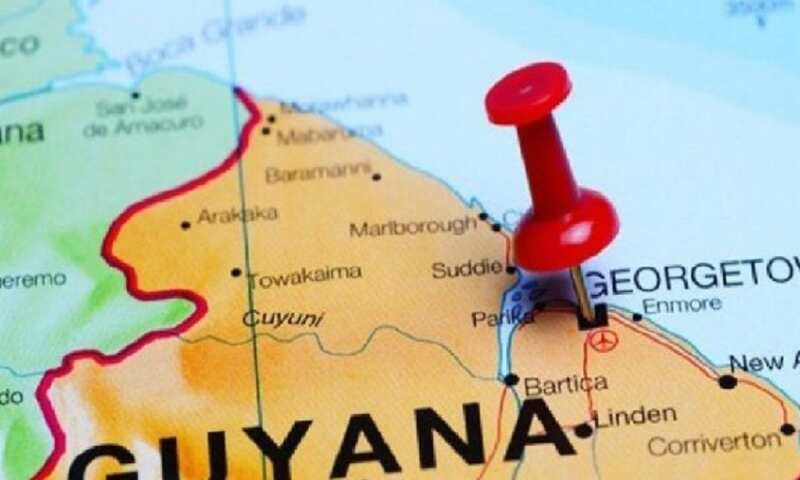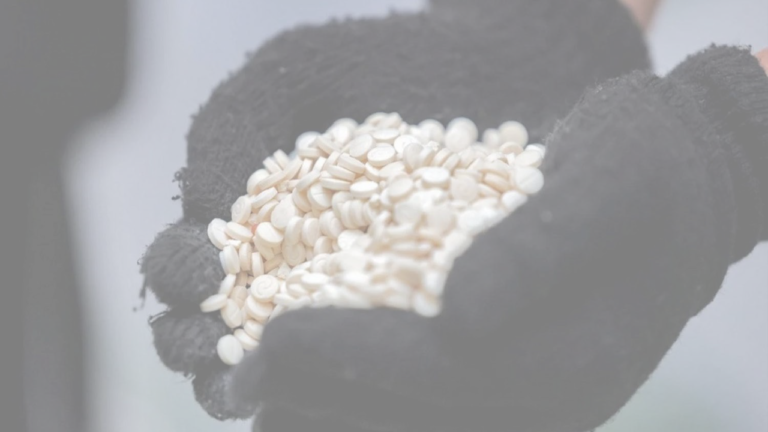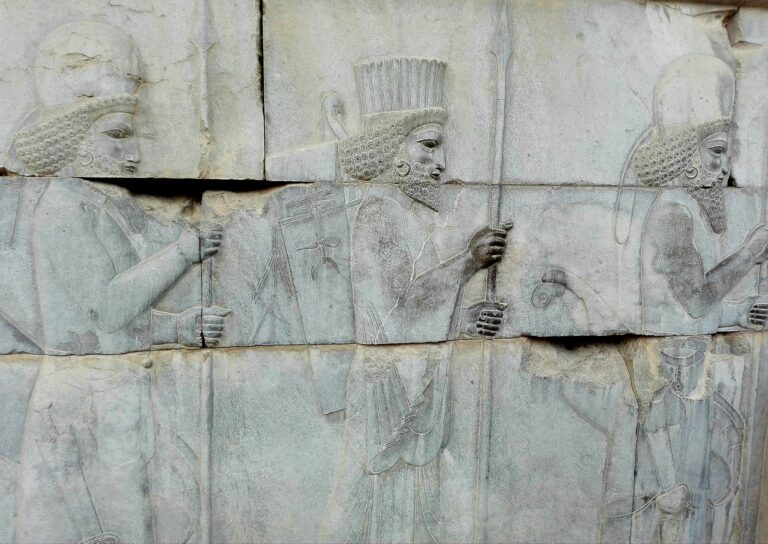A recent Venezuela-Guyana border dispute spotlights Venezuela’s upcoming December 3 referendum to annex Guyana Essequibo. Historical tensions, recent provocations, and the discovery of oil reserves have heightened geopolitical concerns. U.S. deployment acts as a deterrent, and the pending ICJ verdict sets the stage for a potential crisis, with the United States involved due to regional stability and oil resource interests.
The wars in Ukraine and the Middle East have certainly dominated the headlines over the past two-plus years. War, as a way to settle geopolitical disputes, seems to be back in style as the generation that fought the last actual total war, the Second World War, faded into history. And yet, while many financial institutions, investment firms, politicians, and subject matter experts have analyzed and forecasted the effects of the wars in Ukraine and the Middle East on sovereignty funds, markets, and energy supplies, little attention has been placed on a geopolitical issue that is fermenting in South America and could lead to a crisis this coming weekend. A century-old border dispute between Venezuela and Guyana will be the subject of a referendum on December 3 in Venezuela on whether part of Guyana, west of the Essequibo River, known as Guyana Essequibo, should be annexed by Venezuela and the population converted to Venezuelan citizens. Suppose the people of Venezuela approve the referendum, as expected they will. In that case, it will legitimize any decision by Venezuelan President Nicola Maduro to use military force to occupy and annex the oil and mineral-rich region of Guyana Esequiba. This action would no doubt place the United States and most of the Caribbean Community into a confrontation with Venezuela.
Venezuela has long claimed this region of Guyana as its own. However, in 1897, Venezuela agreed to an international arbitration to settle the issue with the British Guiana. In 1899, the Paris Arbitration Award granted the disputed region to the British, with the control of the Orinoco River given to Venezuela. Venezuela disagreed with the arbitration, but claims for Guyana Esequiba largely stopped until 1962, when Venezuela declared it would not recognize the 1899 Paris Arbitration decision. The tension between Venezuela and Guyana, the newly independent country, would worsen within years. In 1966, Venezuela invaded and annexed Ankoko Island at the confluence of the Cuyuni River and Wenamu River and established military posts. In 1969, Gyana accused Venezuela of supporting an uprising of the indigenous people of the Rupununi district. After these actions, Venezuela agreed to a 12-year moratorium on claims to Guyana Esequiba, but in 1981 announced it would not renew the moratorium. Since 1999, Venezuela has conducted a number of provocations against Guyana, including destroying mining equipment near the border and detaining an oil exploration vessel in Guyana’s recognized Economic Exclusion Zone. In 2018, Guyana took the issue to the International Court of Justice, and Venezuela refused to acknowledge any decision by the court.
Venezuelan seizure of the Guyana Esequiba oil production would increase Venezuela’s oil production by almost 40 percent. And perhaps that is the primary motivation for Venezuela.
In 2015, ExxonMobil announced it had discovered significant oil reserves in Guyana Esequiba and the adjacent Economic Exclusion Zone. The crisis started in September 2022 when Venezuelan President Nicola Maduro published images of Kaleteur Falls, Guyana’s popular tourist destination, and Guyana Esequiba as part of Venezuela on social media. This led Guyana to ask the social media outlets to remove the content because it was offensive to the people of Guyana. Geopolitical tensions among vested partners have increased in the last three months. In September 2023, Venezuela’s National Assembly voted to place a referendum before the Venezuelan people on the sovereignty of Guyana Esequiba. The date for the referendum is December 3, 2023. That same month, the United States deployed elements of the 1st Security Assistance Brigade from Fort Moore to Guyana to train and liaise with the Guyana Defense Force. In October 2023, sources reported seeing Venezuelan military forces deployed along the disputed border, and ExxonMobil announced the discovery of four additional oil fields offshore Guyana Esequiba. In early November 2023, the Guyana government took the issue of the pending Venezuela referendum on Guyana Esequiba to the Organization of American States (OAS) and the International Court of Justice (ICJ). The ICJ has reached a verdict on the referendum and will announce it on December 1. Regardless of that decision, Venezuela refuses to recognize the court’s jurisdiction, setting up a clash with Guyana as early as December 4.
Any Venezuelan actions to take Guyana Esequiba by force or other means will create a crisis involving the United States. Additional 1st Security Assistance Brigade elements are scheduled to arrive in Guyana in December. Sources reported that SOUTHCOM will increase naval patrols off Guyana, which started in 2020. The U.S. forces in and near Guyana are more than a deterrent. They also represent a tripwire for possible U. S. intervention in the region. Suppose the deterrence fails, and a Venezuelan action against Guyana ensues. In that case, the United States will have to reach a political decision to both protect Guyana’s sovereignty and the oil resources of Guyana Esequiba. Venezuelan seizure of the Guyana Esequiba oil production would increase Venezuela’s oil production by almost 40 percent. And perhaps that is the primary motivation for Venezuela. But equally important in the U. S. decision-making will be to prevent those oil resources from filtering to Iran and its proxies via Venezuela. If so, actions taken by the United States to dissuade or counter Venezuela’s efforts may be tied to the current conflict in the Middle East after all.




